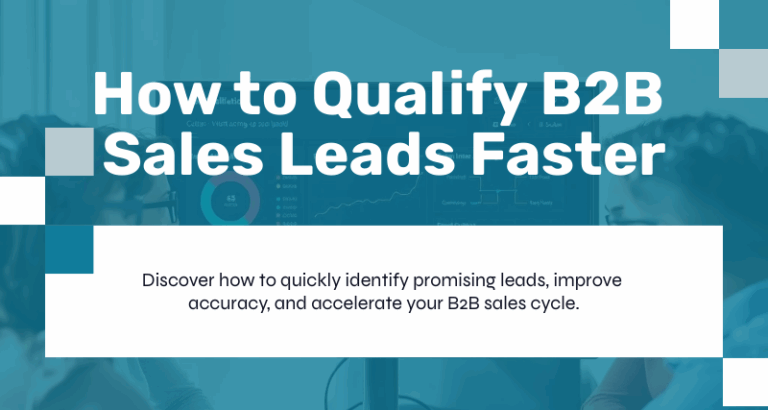
Assessing the potential value of a single sale is important to your business, but how much more important is it to get an idea of how much that customer might spend with you over the entire course of your professional relationship? Traditionally, the focus on lifetime value has been necessarily narrow, circumscribed by limited means of calculating customer acquisition costs and getting reliable data on probable value. To complicate matters more, customers in today’s digital environment now find their way into and out of your sales funnel with greater ease than ever. It’s left some marketers wondering if the concept of lifetime value is still one that matters.
To that, we say yes – but only with proper database management techniques to assess value accurately.
Calculating Lifetime Value
All your customers are valuable, but some are more valuable than others. Marketing database services can develop models that show you who your MVPs are, but like all models, these depend on accurate, reliable input to work. Many lifetime value calculations stumble here as they’re less accurate than they should be simply from an incomplete understanding of the entire lead lifecycle.
The journey your buyers undertake is no longer the relatively straight path of the pre-digital age, and the pace of it isn’t under top-down control from the sales department. Instead, your leads set the pace and influence the route they take. Your email, SEO, site content, blog, webinar sign-ups, and help desk are just a few of the contact points at which you can catch a glimpse of your leads’ movement along their customer journey. To track leads digitally, your database manager has to synchronize data sources and trace their trajectories through your virtual universe of information as closely as possible.
Armed with data, your database service provider can plug in the numbers and start calculating lifetime value, right? Not quite. There’s one more key element: a historical perspective. Here’s where database marketing excels at turning theoretical knowledge into practical guidance. Historical information you already have becomes a benchmark with which you can measure the incoming data. Over time, the models your database manager uses can be fine-tuned to provide even more accuracy in lifetime value calculations.
To quantify a prospect’s value, marketers often look at three key factors: recency, frequency, and monetary value. RFM calculations measure how long ago a customer’s last buy was, how often that customer buys, and the amount spent per purchase. For B2B businesses, the emphasis on each element of value assessment may vary dramatically depending on the type of business. A company selling custom-built computer hardware for $50,000 a unit will weigh RFM far differently than the one selling the anti-static packaging around the devices.
The flexibility of RFM calculations allows businesses to adjust the models based on their unique histories and industry needs. RFM scores don’t have to remain static, either; a customer who re-engages may have a different buying profile than before. The key here is to be able to recognize that returning customer, which is where data-driven marketing excels. The more you know about your promising prospects, current customers, and returning buyers, the better you’re able to prioritize your efforts in ways that serve their needs best and make the most financial sense for you.
© Reach Marketing LLC 2016 All Rights Reserved.



